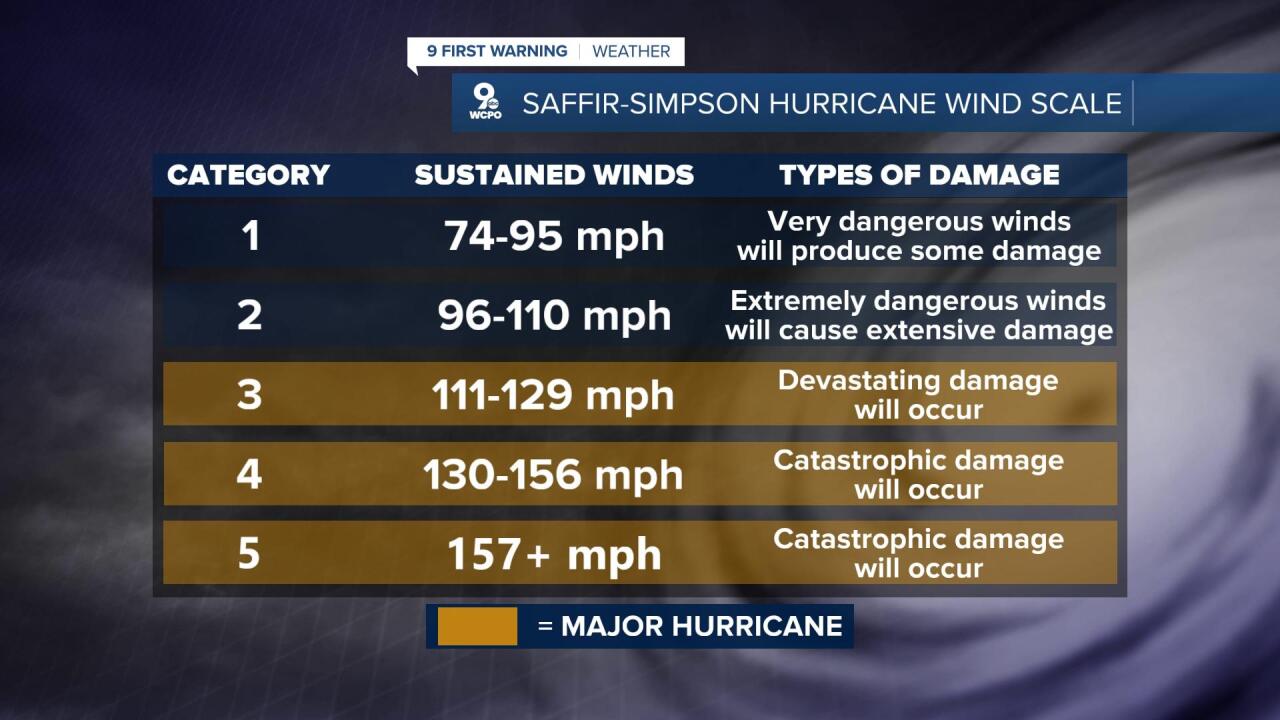June 1 marks the start of meteorological summer, but it also is the start of hurricane season. Officially, hurricane season stretches from June 1 to November 30, though that doesn’t mean that we don’t see activity in May or December.
Now that we are into the hurricane season, what can we expect? Well, the National Oceanic and Atmospheric Administration’s (NOAA) outlook for the 2022 Atlantic hurricane season gives a 65% chance of an above-normal season, a 25% chance of a near-normal season and a 10% chance of a below-normal season. Basically, just anticipate that we will have a more active season than normal.

What is “normal?” Well, the 30-year average (1991-2020) for tropical activity is 14 named storms, seven hurricanes, and three “major” hurricanes. A “major” hurricane is one that receives a category 3 rating or higher. That means that max sustained winds are 111 mph or greater.

NOAA’s forecast this year is for 14 to 21 named storms. Of those 14 to 21, they expect six to 10 of them to become hurricanes. To be considered a hurricane, the storm must pose sustained winds of 74 mph or greater. Lastly, NOAA expects that of the six to 10 hurricanes, three to six will be in that “major” category.

Part of the reasoning behind expecting an above-average hurricane season is because we are in the middle of a La Niña pattern in the Pacific Ocean. When we are in a La Niña, that limits the amount of wind shear in the Gulf and Caribbean, which then promotes more hurricane activity. Unlike severe storms, hurricanes do NOT like high wind shear environments.

The photo above shows what the Atlantic Hurricane Season names are for 2022. One thing of note, the “F” name this year is Fiona, which might make some Cincinnatians smile. In the case that we go through more than 21 names, we will revert to the 2022 Secondary Names list. That can be found below. Note, after the 2020 season we will no longer use the Greek Alphabet for naming purposes after it left many people confused. Both 2005 and 2020 we made it to the Greek Alphabet list, but in 2021 we did not make that mark, only getting to 21 named storms. In order to receive a name, a storm much reach sustained wind speeds of 39 mph or greater.

Hurricane season goes through November 30. The most active months aren’t until later in the summer months as we see the warmest sea surface temperatures. That happens in August, September and October. September 10 is the statistical peak for hurricane season, having the most active storms on that date over the last 100 years.

Activity has already developed this year with Hurricane Agatha developing in the Eastern Pacific over late last week and into Memorial Day weekend. The remnants of that storm could potentially develop as our first Atlantic storm, which would be named Alex.



